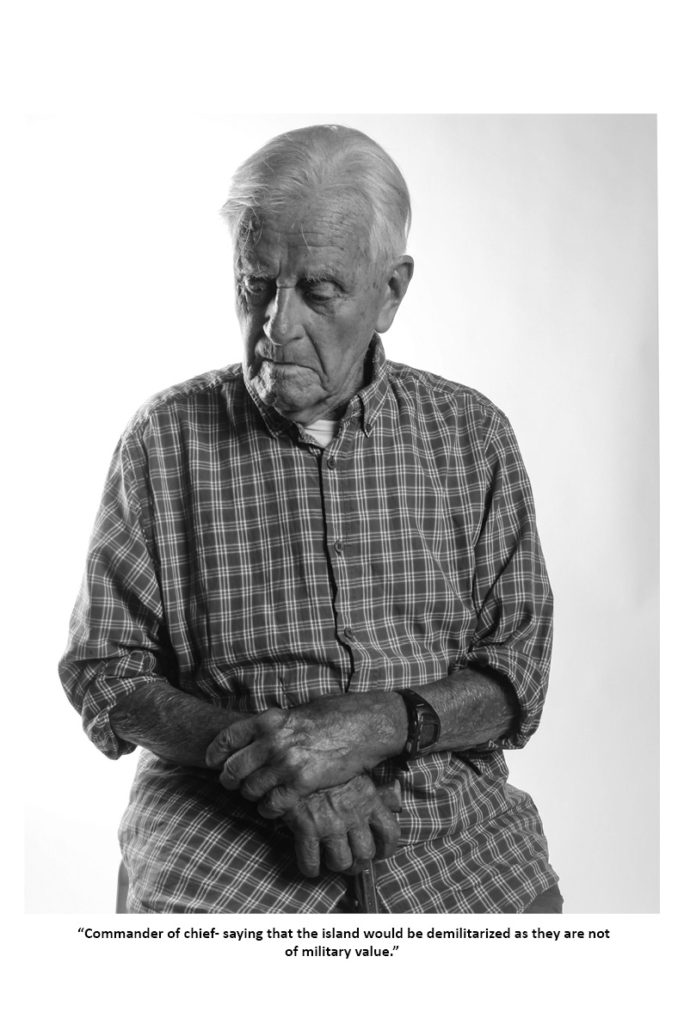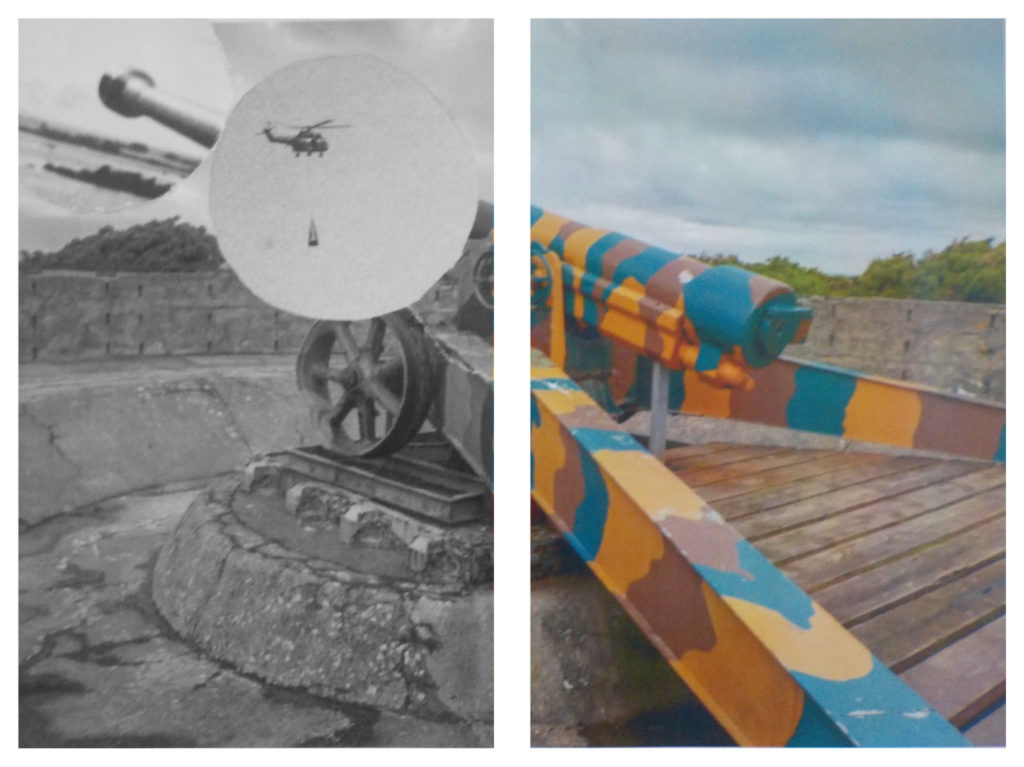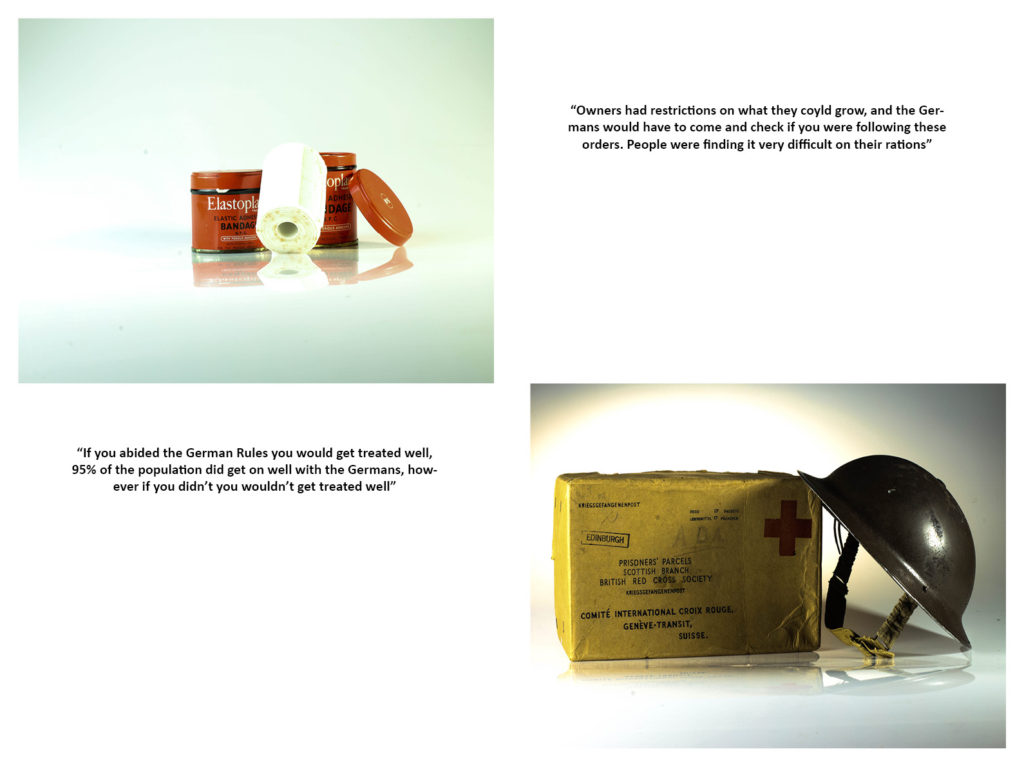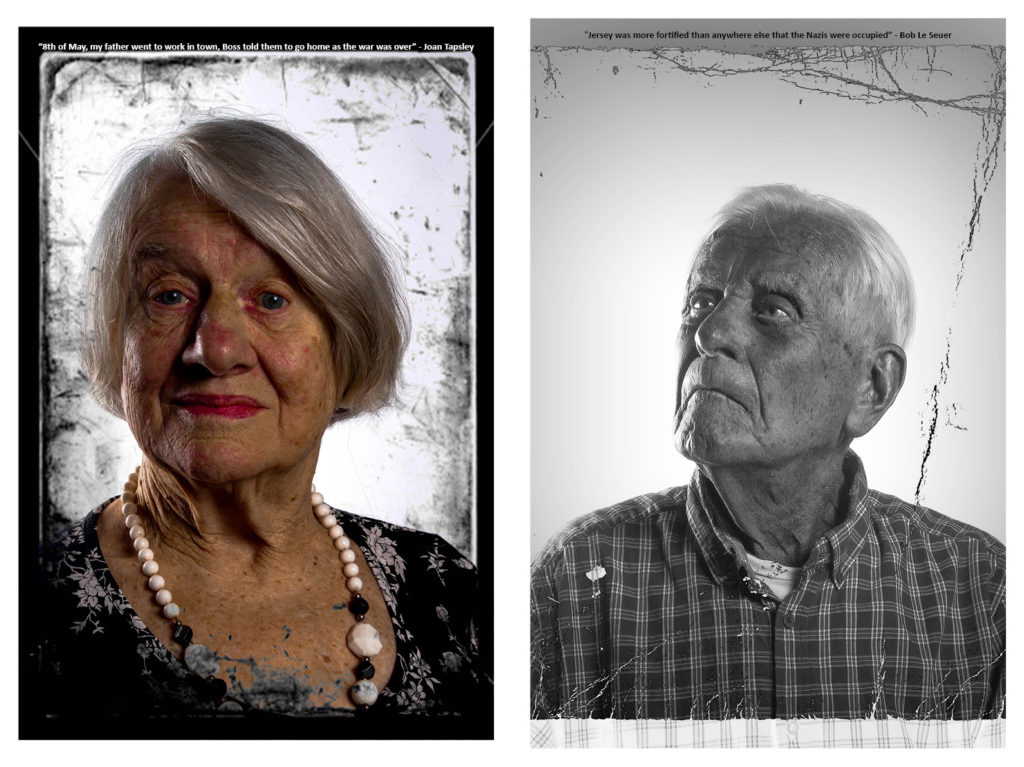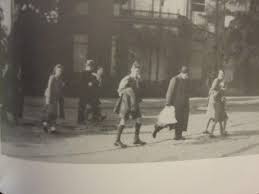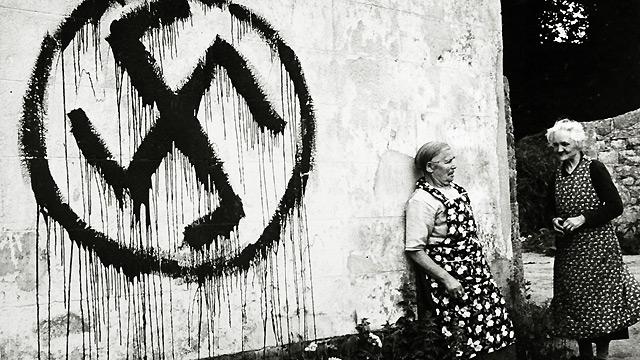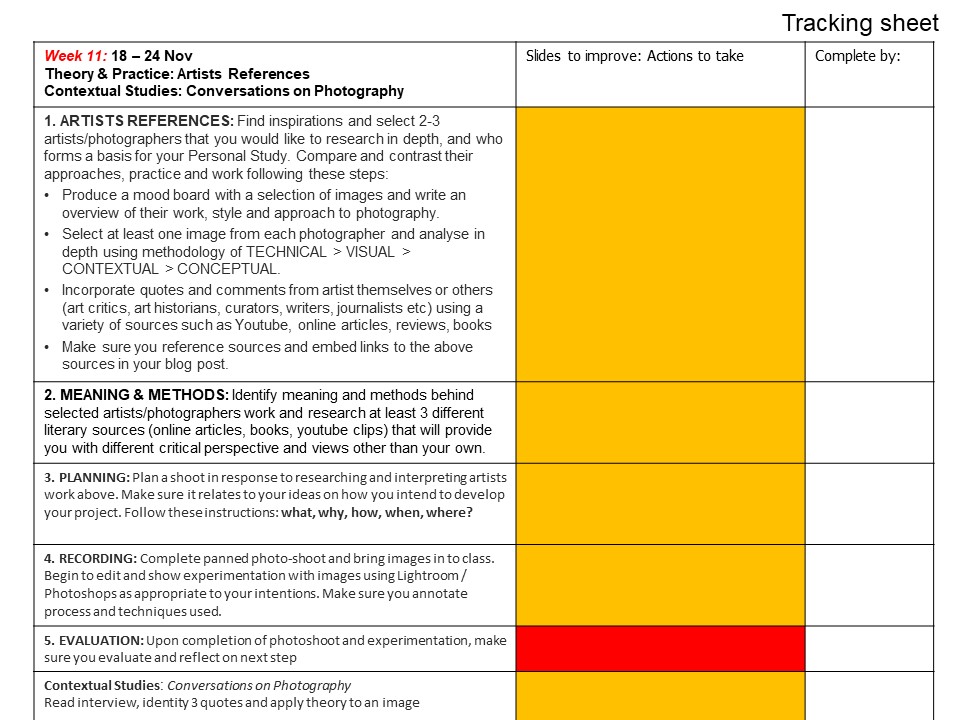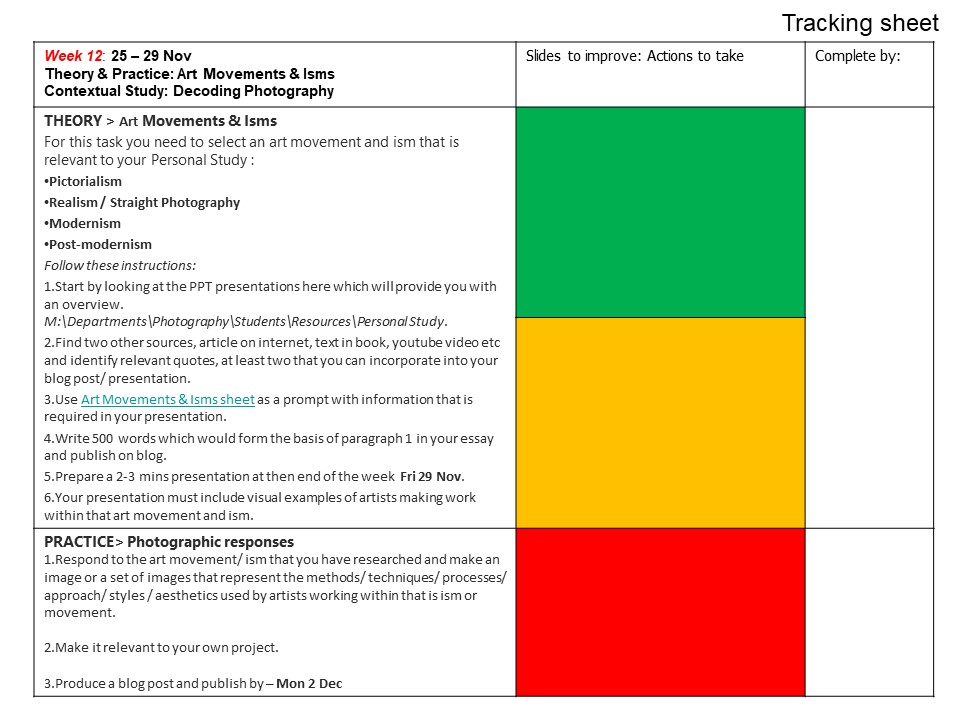Question:
In what way are portraits by Paul Strand and Edward Steichen seen as examples of high-modernism.
Introduction:
“The process of manipulation starts as soon as we frame a person, a landscape, an object, or a scene with our cameras: we chose a portrait or landscape format”(Bright and van Erp.2019:18). This quote explores, how photographers want to set up a what they want to take an image, meaning they have different opportunities to explore, when they are doing a photo shoot.
I am going to explore how having a change of event in your childhood can change the way you have been brought up, and how you view your past. This interests me because it’s something which I can relate to and have experienced first hand. I will be investigating how portraiture was an integral part of Paul Strand and Edward Weston work and consider there position as exponent of modernist photography. I was also interested by the way they took the images, therefore I have decided to look at Modernism. I am going to take self portraits and use archival images, to explore my story.
Modernism started around the 1880’s, and focused on capturing the surrounding of what was going in everyday life. The early forms of photography was seen a a scientific tool, and it’s practical usage was in botany and archaeology. photography. New York became a hub for photographers in the 1910’s, due to its radical architecture, and mass population. Most modernist photographers fought that and tried to challenge the fact that photography didn’t rival painting. therefore by doing this they could see the potential for originality. Modernism also saw photographers take in mistakes they have made to create something new, they did this by cutting up, marking, or combining images together. This era also let photographers explore viewpoints as the number of hand held cameras increased they were able to explore different angles of taking images.

Paul Strand was instrumental in developing Straight Photography. He did this by experimenting with several techniques at a time. Strand became the first person to try out the candid camera technique “Driven to document his city with complete photographic objectivity, he created a means of shooting his subjects candidly. He worked out that by screwing in a false lens to one side of his camera pointing ahead while concealing the real lens under his arm facing his subjects” (AnOther, n.d.) . This meant that he could take images without people realizing what he was doing. One of his successful photos was of a blind street beggar in 1916. after this he developed a more interest in this type of photography, he then started to taking pictures in a lot more detail capturing every curve in the image. In the image above you can see a woman where she has a a sign saying Blind, the audience then can straight away tell that this woman cant see anything. you can also see that she is wearing a tag around her neck this shows us that she is a licensed beggar in New York. This image was taken in Black and white. It also captures the details on her face, the light is hitting off her forehead and she is look away from the camera, this shows that she is not aware that is is being photographed.
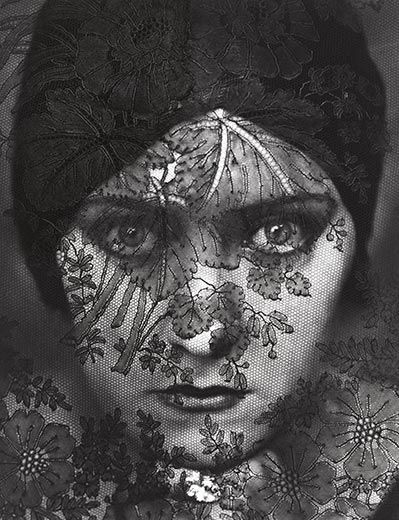
Edward Steichen is an American photography; his works were published in Alfred Stieglitz magazines he was also known for his fashion photography. In the image above you can see a picture of a woman who is known as Gloria Swanson, who was a famous silent movie star. In the image she is looking straight at the camera, you can also see that she is wearing a headband. The picture is taken in Monotone, over the image you can see a piece of fabric covering the photo identified as being lace, this was significant as Steichen merged the words of portraiture and fashion together. on the cloth you can see outlines of flowers and leafs. this could signify to us as a reader that. This image later was used to publicize the film Vanity Fair. Where this film actress was in. You can see in this portrait that the light is hitting her directly in the face.
I feel that Portraits by Edward Steichen and Paul Strand are examples of high modernism, as they both look at different viewpoints, for example when Edward Steichen said “The mission of photography is to explain man to man and each to himself”, this signifies thats you have to explore your own history to understand yourself. This is what I was focusing on
to try and portray my childhood. In the image below, I have tried to recreate the famous image of Gloria Swanson where he has got lace on top of her face. For my recreation I used overlay to put on top of the image, by doing this I have been able to catch the emotion of the image, where Edward Steichen achieved. Also Edward Steichen also is a good example of high modernism as he made sure that when he took images they were precise, this is evident in his image of “George Washington bridge where he has got the Everything parallel to each other and it was taken in high clarity.
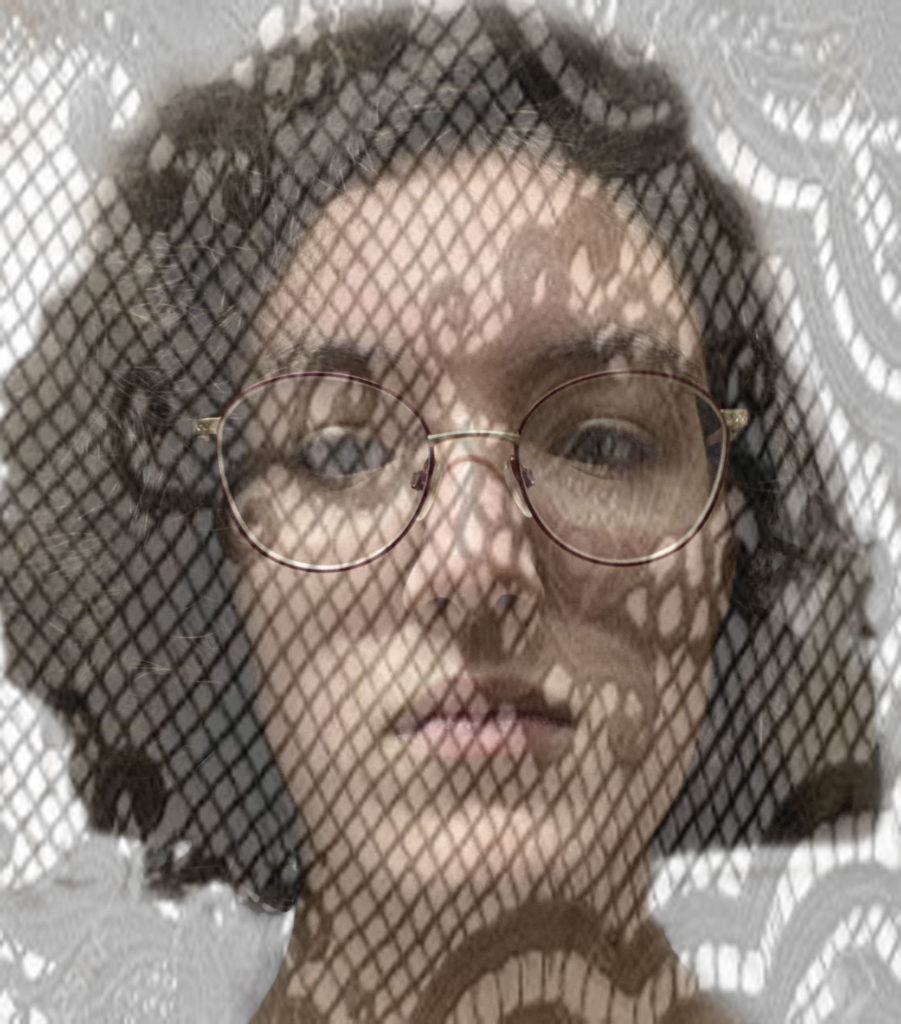
When Paul strand said ” Your photography is a record of living, for anyone who really sees”. I believe that this true, as everything you take images of goes in the history books for years to come people look back and will see what it was like in this time. The image below I have attempted to recreate what Paul Strand does when taking portraits. I have taken the image in a naturalistic surrounds, this was a trait of modernism, I have also turned the image into monotone as Paul strand’s images were all in black and white. Paul Strand also is a example of high modernism because he also took images in a very abstract way, for example when he took the image of “Wall Street”, in New York, where the photograph seemed to be done very precisely.

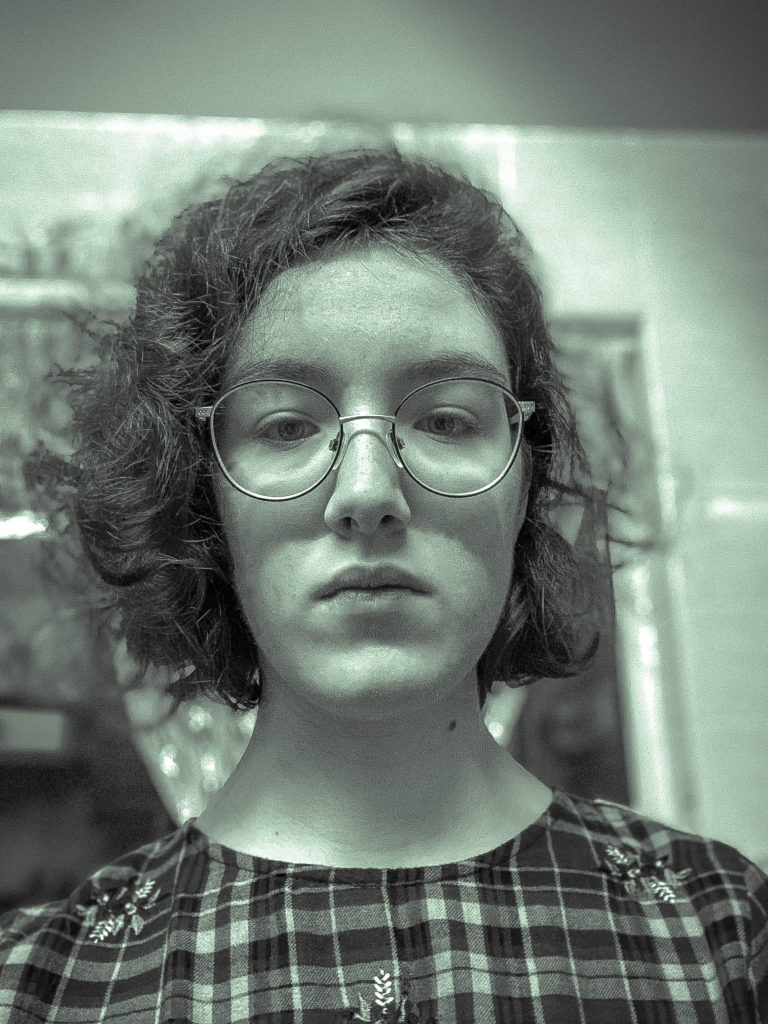
Edward Steichen and Paul Strand are very similar artists, in the way they take portraits however, they look at different styles of portrait types. They both include a lot of emotion in the photographs, meaning that the person viewing can connect to what they are trying to get across. I found that Paul Strand images that I looked at showed a lot of emotion and how people were in real life whereas with Edward Steichen images, I felt that the images showed emotion however in a different compared to Paul Strands, the images felt that that they showed emotion but he has done it so it is done through a different viewpoint. Modernism allowed photographers to achieve this. Both Photographers have strong connections between the subjects in the images.
Bibliography:
- Bright, S. and van Erp, H.(2019).Photography Decoded.London:Octupuss Publishing House.
Seiferle, R. and Stephenson, K. (2020). Modern Photography Overview. [online] The Art Story. Available at: https://www.theartstory.org/movement/modern-photography/ [Accessed 9 Jan. 2020].
AnOther. (n.d.). How Paul Strand Paved the Way For Photographic Modernism. [online] Available at: https://www.anothermag.com/art-photography/8482/how-paul-strand-paved-the-way-for-photographic-modernism [Accessed 13 Jan. 2020].
da Cunha Lewin, K. (2020). Edward Steichen Artworks & Famous Photography+. [online] The Art Story. Available at: https://www.theartstory.org/artist/steichen-edward/artworks/#pnt_6 [Accessed 3 Feb. 2020].


